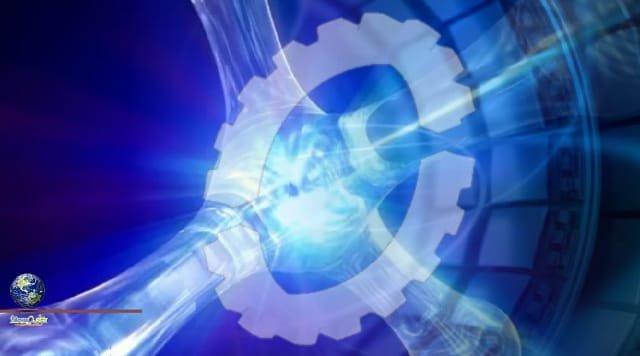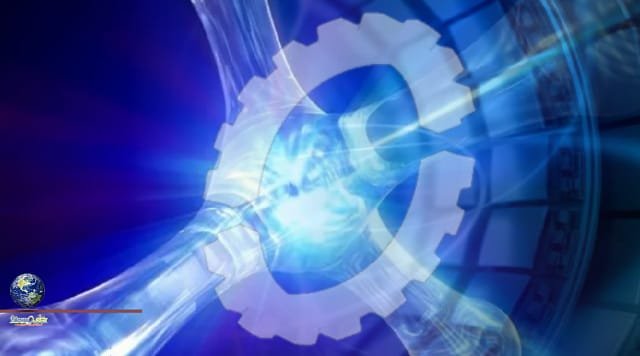“You can do it quickly, you can do it cheaply, or you can do it right. We did it right.” These were some of David Toback opening remarks when the leader of Fermilab’s Collider Detector unveiled the results of a decade-long experiment to measure the mass of a particle known as the W boson.

I am a high-energy particle physicist, and I am part of the team of hundreds of scientists that built and ran the Collider Detector at Fermilab in Illinois – known as CDF. After trillions of collisions and years of data collection and number crunching, the CDF team found that the W boson has slightly more mass than expected. Though the discrepancy is tiny, the results, described in a paper published in the journal Science on April 7, 2022, have electrified the particle physics world. If the measurement is indeed correct, it is yet another strong signal that there are missing pieces to the physics puzzle of how the universe works.
The Standard Model of particle physics describes the particles that make up the mass and forces of the universe. MissMJ/WikimediaCommons The Standard Model of particle physics describes the particles that make up the mass and forces of the universe. Credit: MissMJ/WikimediaCommons
The Standard Model of particle physics is science’s current best framework for the basic laws of the universe and describes three basic forces: the electromagnetic force, the weak force, and the strong force.
Atomic nuclei are held together by the strong force. However, certain nuclei are unstable and undergo radioactive decay, slowly releasing energy by particle emission. This process is driven by the weak force, and scientists have been trying to figure out why and how atoms decay since the early 1900s.
According to the Standard Model, forces are transmitted by particles. In the 1960s, a series of theoretical and experimental breakthroughs proposed that the weak force is transmitted by particles called W and Z bosons. It also postulated that a third particle, the Higgs boson, is what gives all other particles – including W and Z bosons – mass.
Since the advent of the Standard Model in the 1960s, scientists have been working their way down the list of predicted yet undiscovered particles and measuring their properties. In 1983, two experiments at CERN in Geneva, Switzerland, captured the first evidence of the existence of the W boson. It appeared to have the mass of roughly a medium-sized atom such as bromine.
By the 2000s, there was just one piece missing to complete the Standard Model and tie everything together: the Higgs boson. I helped search for the Higgs boson on three successive experiments, and at last we discovered it in 2012 at the Large Hadron Collider at CERN.
It’s a lot of fun to smash particles together at really high energies to test decade the Standard Model. These collisions produce heavier particles for a brief period of time before decaying back into lighter particles. To analyze the properties and interactions of the particles created in these collisions, physicists employ massive and extremely sensitive detectors at facilities such as Fermilab and CERN.
In CDF, W bosons are produced about one out of every 10 million times when a proton and an antiproton decade collide. Antiprotons are the antimatter version of protons, with exactly the same mass but opposite charge. Protons are made of smaller fundamental particles called quarks, and antiprotons are made of antiquarks. It is the collision between quarks and antiquarks that create W bosons. W bosons decay so fast that they are impossible to measure directly. So physicists track the energy produced from their decay to measure the mass of W bosons.
Source: This news is originally published by scitechdaily
